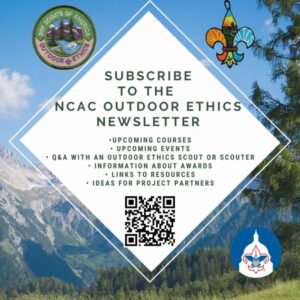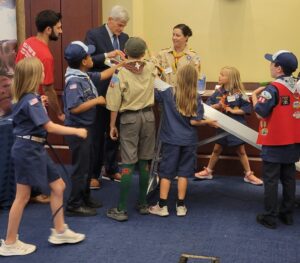
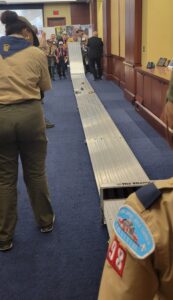 The event was hosted by Scouting America in partnership with the bipartisan Scouting Congressional Caucus. We were pleased that NCAC contributed to this historic event in such a fun way for members of Congress and their staff (many who were themselves Scouts!).
The event was hosted by Scouting America in partnership with the bipartisan Scouting Congressional Caucus. We were pleased that NCAC contributed to this historic event in such a fun way for members of Congress and their staff (many who were themselves Scouts!).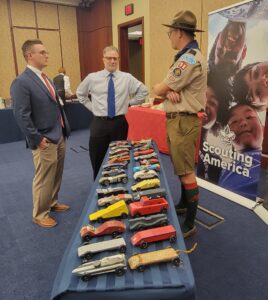
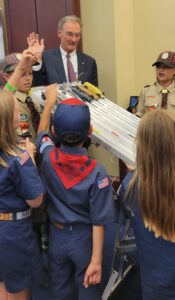
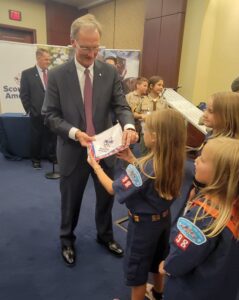

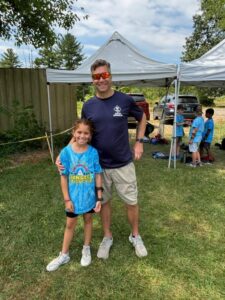
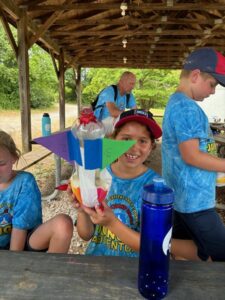
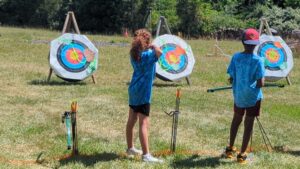
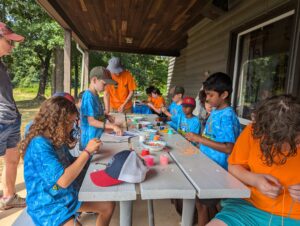
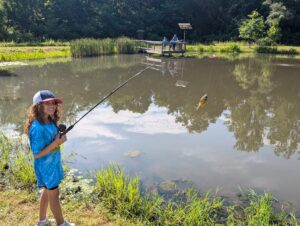
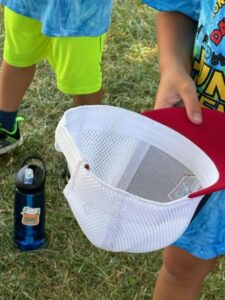 I liked everything we did, from archery to BB’s and everything in between. The Beekeeper was a surprise but was a delight. Also, I loved tasting honey and making Bee hives with the other scouts (my dad won’t let me put the Bee hive in our backyard because it attracts carpenter bees!🤣).
I liked everything we did, from archery to BB’s and everything in between. The Beekeeper was a surprise but was a delight. Also, I loved tasting honey and making Bee hives with the other scouts (my dad won’t let me put the Bee hive in our backyard because it attracts carpenter bees!🤣).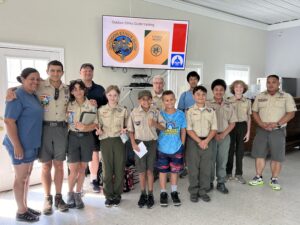 Have you ever wondered about the purpose of Outdoor Ethics in Scouting? Have you ever wondered what the role of a Troop’s Outdoor Ethics Guide is? Never fear, as the NCAC Outdoor Ethics Committee can help you out!
Have you ever wondered about the purpose of Outdoor Ethics in Scouting? Have you ever wondered what the role of a Troop’s Outdoor Ethics Guide is? Never fear, as the NCAC Outdoor Ethics Committee can help you out!